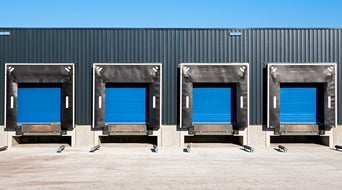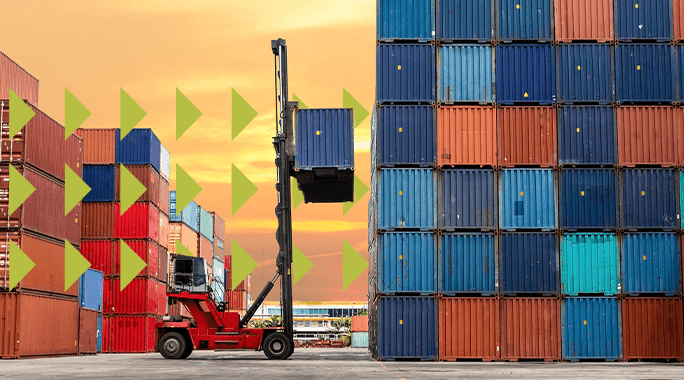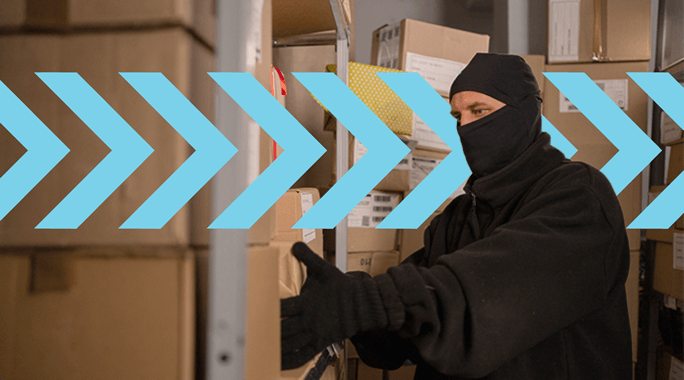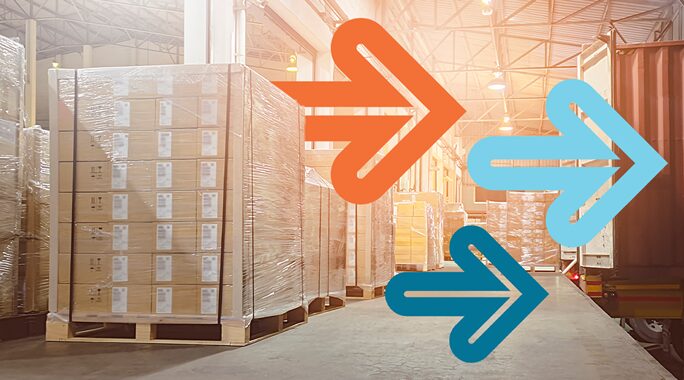Freight Resources
AI in Logistics: How Artificial Intelligence Is Reshaping Freight Shipping
Artificial intelligence (AI) seems to be everywhere these days — from customer chatbots and smarter search engines to auto-generated email summaries. These everyday applications only scratch the surface of how quickly AI is changing the way we interact with technology. For shippers, the natural question is: What does this mean for freight shipping operations now,…
Read MoreThe Ultimate Guide To Freight Accessorial Charges (And How to Manage Them!)
When booking freight, many shippers are surprised to see that their final invoice is higher than the original quote. The difference often comes from freight accessorial charges — extra freight fees carriers apply for services or equipment needed to complete a delivery. These additional freight charges vary by carrier and are usually added after a…
Read MoreHow Our Freight Carrier Relationships Spell Success for You
Managing freight carriers on your own can be challenging. From negotiating rates to keeping up with service reliability, the process can eat up time and create unnecessary headaches for your team. Without established relationships, shippers often face inconsistent service, higher costs and limited access to the right capacity. That’s where a third-party logistics (3PL) provider…
Read MoreTop Peak Season Freight Shipping Challenges for Businesses in 2025
As the holiday shipping season ramps up, shippers like you face one of the most unpredictable peak season environments in years. Shifting tariffs, higher operating expenses, and ongoing labor pressures have created a fragile landscape where even minor supply chain disruptions can snowball into costly delays and added stress for businesses. In the freight industry,…
Read MoreFreight Terms & Definitions
Every industry develops its own language, and the freight industry is no exception. Over time, shippers, carriers, brokers and logistics providers have built a system of freight shipping terms that make communication faster and more precise. While these logistics terms streamline operations for industry insiders, they can be confusing for some shippers that don’t know…
Read MoreWhat is specialty freight? A shipper’s guide to handling the hardest loads.
Most freight moves by full truckload (FTL) or less-than-truckload (LTL). But not every shipment fits neatly into those general categories. Some loads require extra care, unique equipment, and careful planning to meet strict handling and compliance requirements. These shipments often fall under specialty freight — a category that calls for specialty carriers with the training,…
Read MoreFAQs: What You Need To Know About the NMFC Changes 2025
Big changes to the National Motor Freight Classification (NMFC) system took effect on July 19, 2025, and they’re already reshaping how LTL freight shipments are rated, priced and managed across the logistics industry. If you haven’t updated your processes yet, now is definitely the time. And Worldwide Express is here to help you! This FAQ…
Read MoreCargo Theft Prevention: How a 3PL Can Help Secure Your Freight
Cargo theft is a growing crisis that costs the supply chain billions of dollars every year. Fortunately for shippers, you don’t have to navigate this risk alone. A trusted third-party logistics (3PL) partner can help you build a resilient shipping strategy that protects your freight and peace of mind. In this blog, we analyze the…
Read MoreWhat is partial truckload (PTL) shipping and when do you need it?
Shipping freight isn’t one-size-fits-all. And for many businesses, especially those shipping in the middle ground between small parcel and full truckload, the best option might be something you haven’t fully considered yet: partial truckload (PTL). Whether you’re scaling your business, shipping bulky items or simply looking to avoid overpaying for unused trailer space, partial truckload…
Read MoreHow To Start a Successful 3PL Relationship for Freight Shipping
A successful third-party logistics (3PL) relationship is more than a vendor agreement. It’s a strategic partnership that can transform how your business handles freight shipping. The right 3PL provider does more than arrange transportation. They become a trusted extension of your business. With expertise, technology and carrier access, a skilled 3PL company can help you…
Read More








